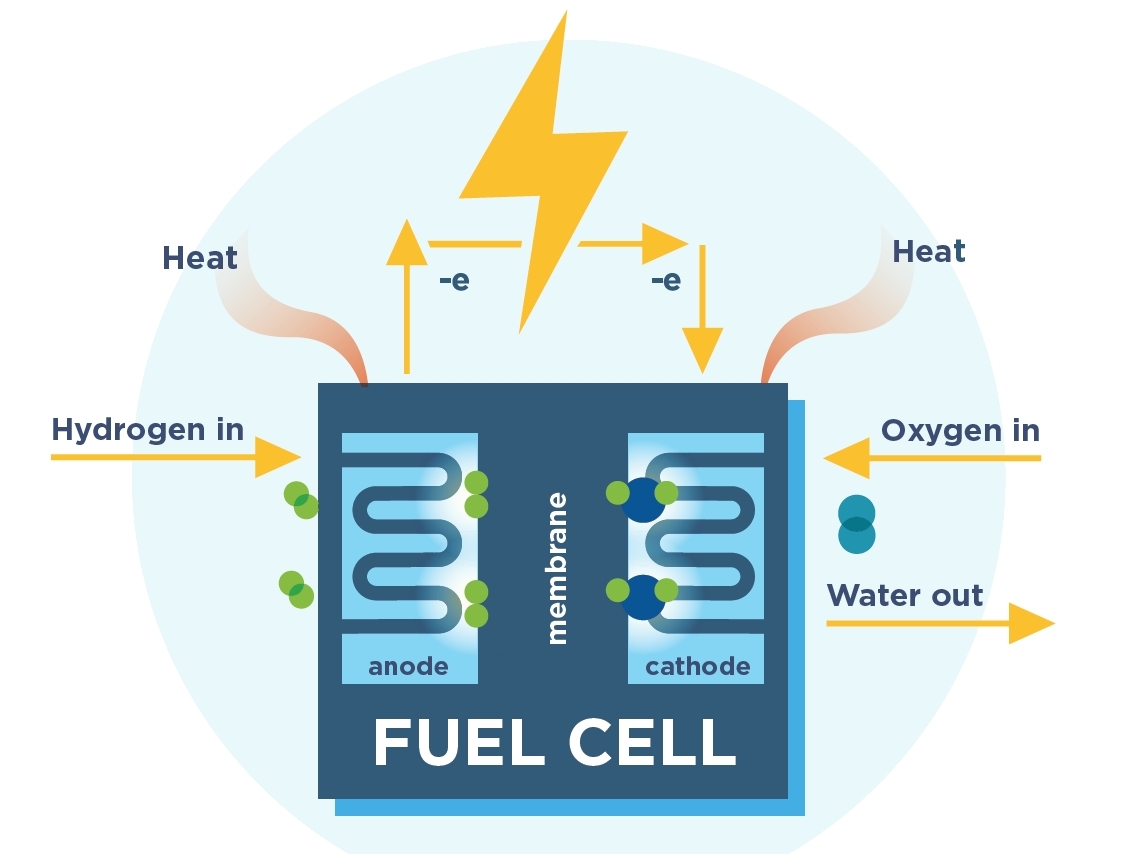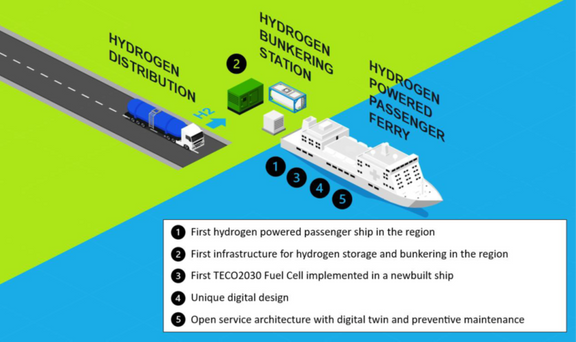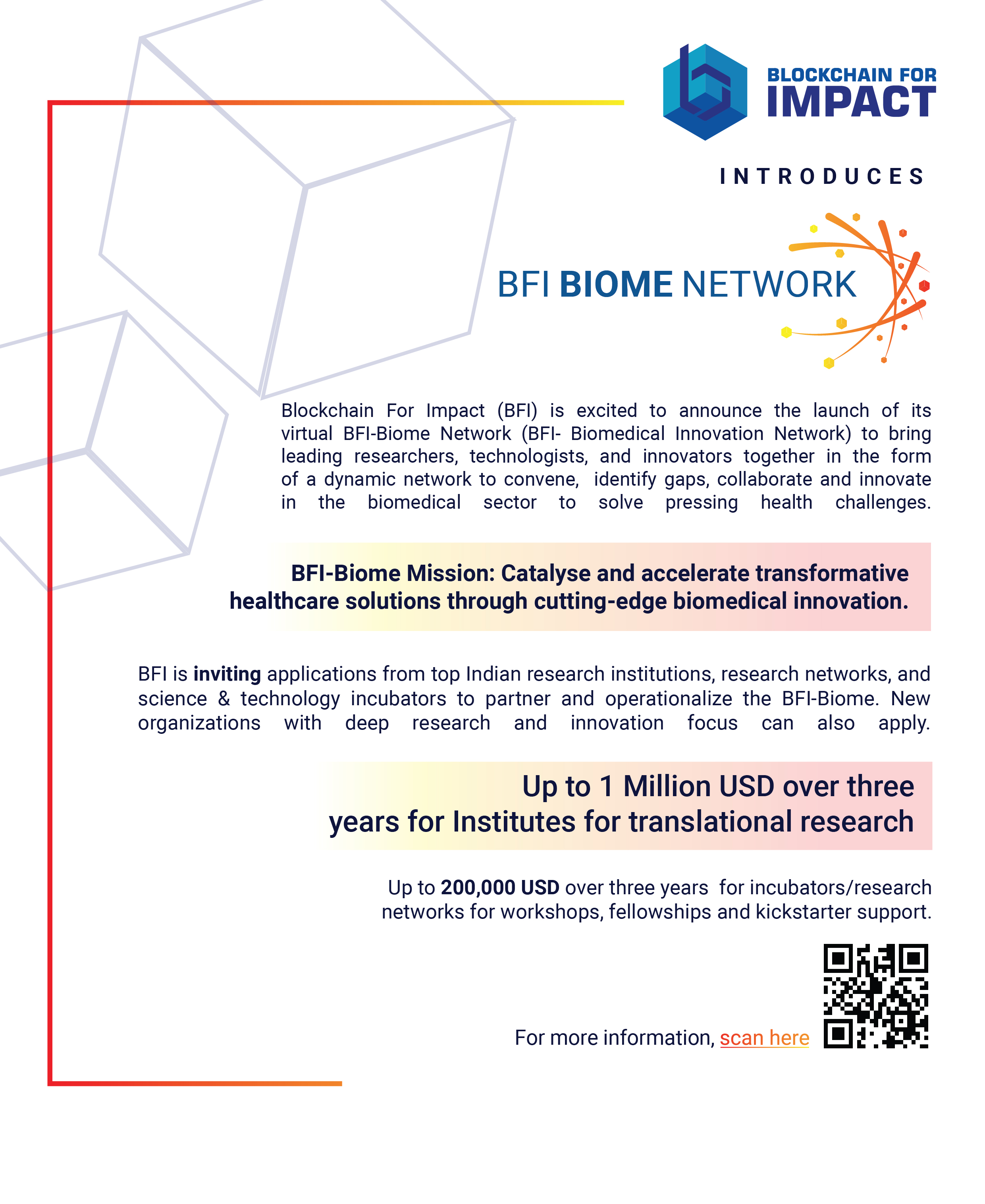Table of contents
Biohacking
- Biohacking is a term for various tricks which enhances the body’s ability to function at peak performance and extend one’s lifespan.
- It involves methods from biology, genetics, neuroscience and nutrition to enhance physical or mental performance.
- It involves facets like-
- Molecular i.e use of natural and synthetic molecules for eg supplements.
- Biologics i.e use of biological products to enhance biology by ingestion, injection (stem cells) or intravenous transfusion.
- Lifestyle i.e positive health and behavior choices like dietary shifts, meditation and exercise.
- Technology i.e use of wearables like smartwatches and use of diagnostics like blood sugar monitors.



Amaze-28
- Amaze-28 is Kerala’s maiden 3D-printed building, and its construction was completed in 28 days.
- 3D printing is a layer-by-layer three phased printing process, viz- data processing, material processing, and robotic printing.
- It is advantageous because a huge building can be completed in just 28 days, a fraction of the time required using conventional methods.
- There is flexibility in design and complex architecture can be built with precision and uniformity.
- Also, there is minimal wastage thus saving on inputs.
- Steps taken by the government to promote it include National Strategy for Additive Manufacturing, Samarth Udyog and Make in India 2.0.


Harit Nauka Initiative
- India’s maiden indigenous hydrogen fuel cell ferry was unveiled recently.
- As per the Shipping Ministry guidelines for inland vessels, all states have to use green fuels for 50 per cent of inland waterways-based passenger fleets in the next one decade.
- Recently launched vessel is a 24-meter-long catamaran ferry powered by a 50-kW Proton-Exchange Membrane fuel cell and Lithium-Ion phosphate batteries.
- The vessel operated with zero emissions and minimal noise ensuring enhanced energy efficiency.



Tantalum
- Recently a rare metal, tantalum, was unearthed from the sand of the Sutlej River in Punjab.
- It is very hard with exceptional corrosion resistance because it is immune to chemical attacks at temperatures below 150°C.
- Tantalum is used extensively in electronics, particularly in capacitors, smartphones, laptops, and cameras.
- It can also be used as a substitute of platinum in chemical plants, nuclear power plants, aircraft, and missiles.
- It is also insoluble in acids and due to its non-reactivity with bodily fluids, tantalum is utilized in surgical equipment and implants, such as artificial joints.


Rice Vampireweed
- Rhamphicarpa fistulosa, or Rice vampireweed, affected more than 1.5 lakh farmers in Africa.
- It is a facultative, parasitic weed growing on rice causing a lot of destruction to the food basket. This is because it affects other crops like sorghum, maize and other cereal crops.
- To date, there is no fertilizer that can control Rhamphicarpa fistulosais.



BFI-Biome Virtual Network Programme
- Centre for Cellular and Molecular Platforms signed a Memorandum of Understanding with Blockchain for Impact to join its BFI-Biome Virtual Network Programme.
- This programme will unite incubators with research institutes for better outcomes.
- It will revolutionize healthcare delivery and ensure transformative scientific advances.
- C-CAMP is an initiative of the Department of Biotechnology, Ministry of Science, Technology and Earth Sciences.

Bitcoin Halving
- Bitcoin Halving means 50% reduction in the premium paid to Bitcoin miners in return for processing other people’s cryptocurrency transactions.
- Bitcoin miners use advanced computer equipment to solve mathematical puzzles through the ‘Proof of work’ process to grow Bitcoin’s blockchain.
- These transactions result in huge carbon footprints and require huge electricity.
- Mining increases the supply of bitcoin while Bitcoin Halving reduces the rate at which these coins are released, making the asset more scarce.



Carbon Nanoflorets
- Carbon nanoflorets are novel spherical nanostructures that exhibit unprecedented efficiency in converting sunlight into heat.
- They are made of carbon cones with excellent light-absorbing capabilities.
- Its manufacture begins with heating of dendritic fibrous nanosilica along with acetylene gas.
- Upon further treatment, silicon particles are removed leaving behind spherical nanostructures.
- As per an estimate, carbon nanoflorets are 87% efficient in converting sunlight into heat as they can absorb visible, infrared and ultraviolet light


